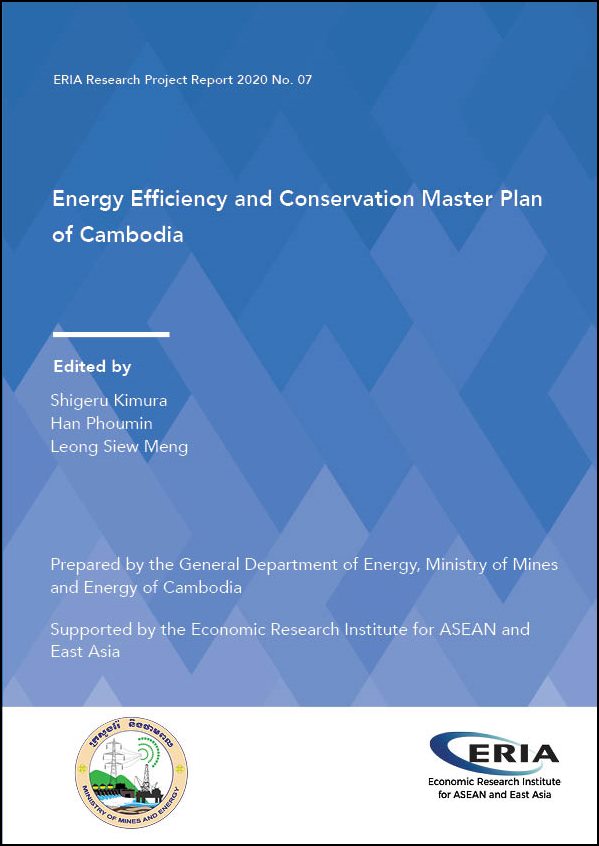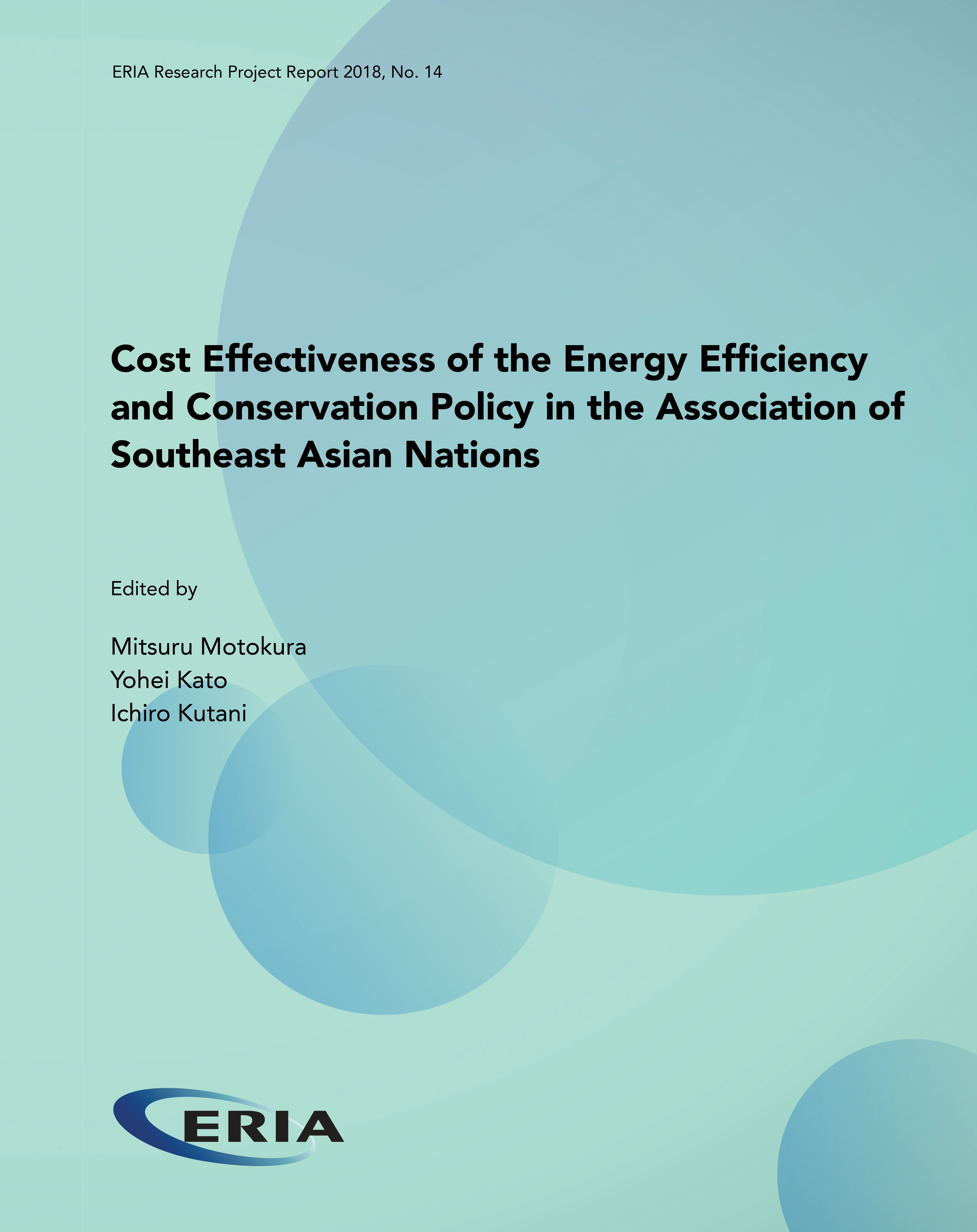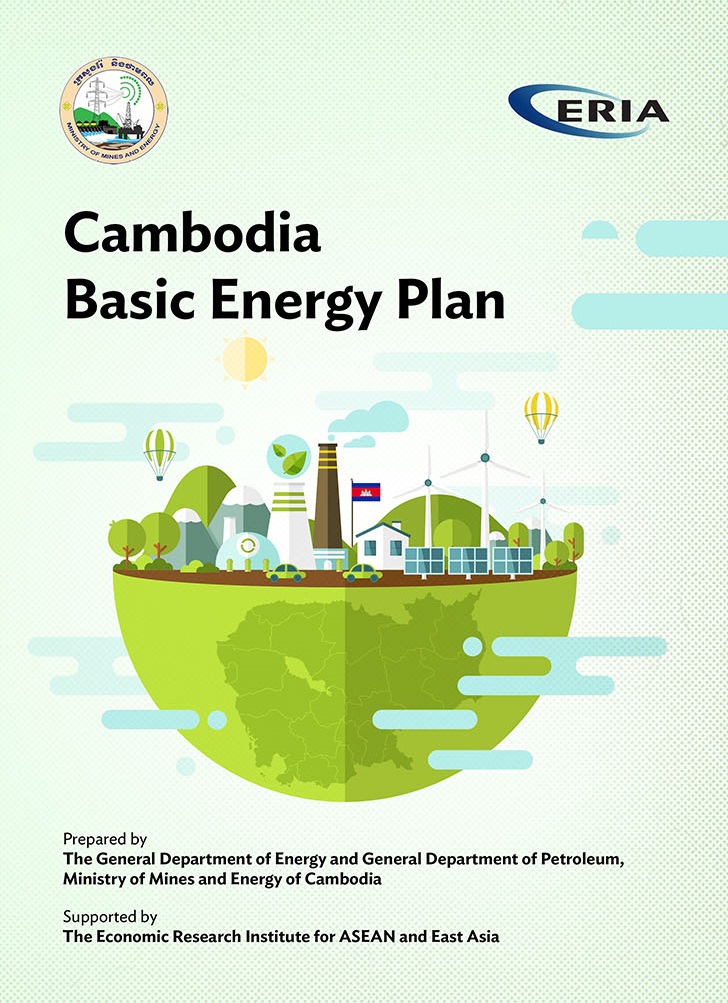Energy Efficiency and Conservation Master Plan of Cambodia

Print Article:
Cambodia’s final energy consumption is expected to double in 2015–2040, during which period the industry sector is expected to grow at an average annual rate of 3.5%, reaching 2.41 Mtoe in 2040, an increase from 1.03 Mtoe in 2015. For the residential and commercial sectors, energy demand is predicted to grow at an average annual rate of 2% in 2015–2040, reaching 5.67 Mtoe in 2040, an increase from 3.45 Mtoe in 2015. Transport is expected to see the highest growth rate, of 3.9% in 2015–2040, reaching 3.59 Mtoe in 2040, an increase from 1.39 Mtoe in 2015. As energy demand increases, energy efficiency and conservation (EEC) becomes significant in curbing demand growth whilst maintaining economic growth as the same amount of energy use will lead to greater output. Energy efficiency is also known as the hidden fuel and can be seen as an energy resource for the nation as it will become energy available for other economic activities and supply the greater population. Savings on electricity consumption are even more significant as every kilowatt-hour unit saved would result in greater savings in fuel consumption, such as coal and gas, to generate power. The Government of Cambodia is now acting swiftly to prepare the necessary power development plan to meet the growing electricity demand in all sectors. The energy efficiency plan will help Cambodia avoid building more power plants and help it to save investment money for the economy.
Full Report
Energy Efficiency and Conservation Master Plan of Cambodia
Contents
Chapter 1 Legislative Framework
Chapter 2 Energy Service Company
Chapter 4 Standards and Labelling
Chapter 5 Education and Campaigns
Chapter 6 Data Collection for Establishment of Energy Efficiency Indicators
Chapter 7 Conclusions and Policy Recommendations
Annex Case Study: Potential Energy Savings of a Hotel’s Chilled-Water Air-conditioning System




